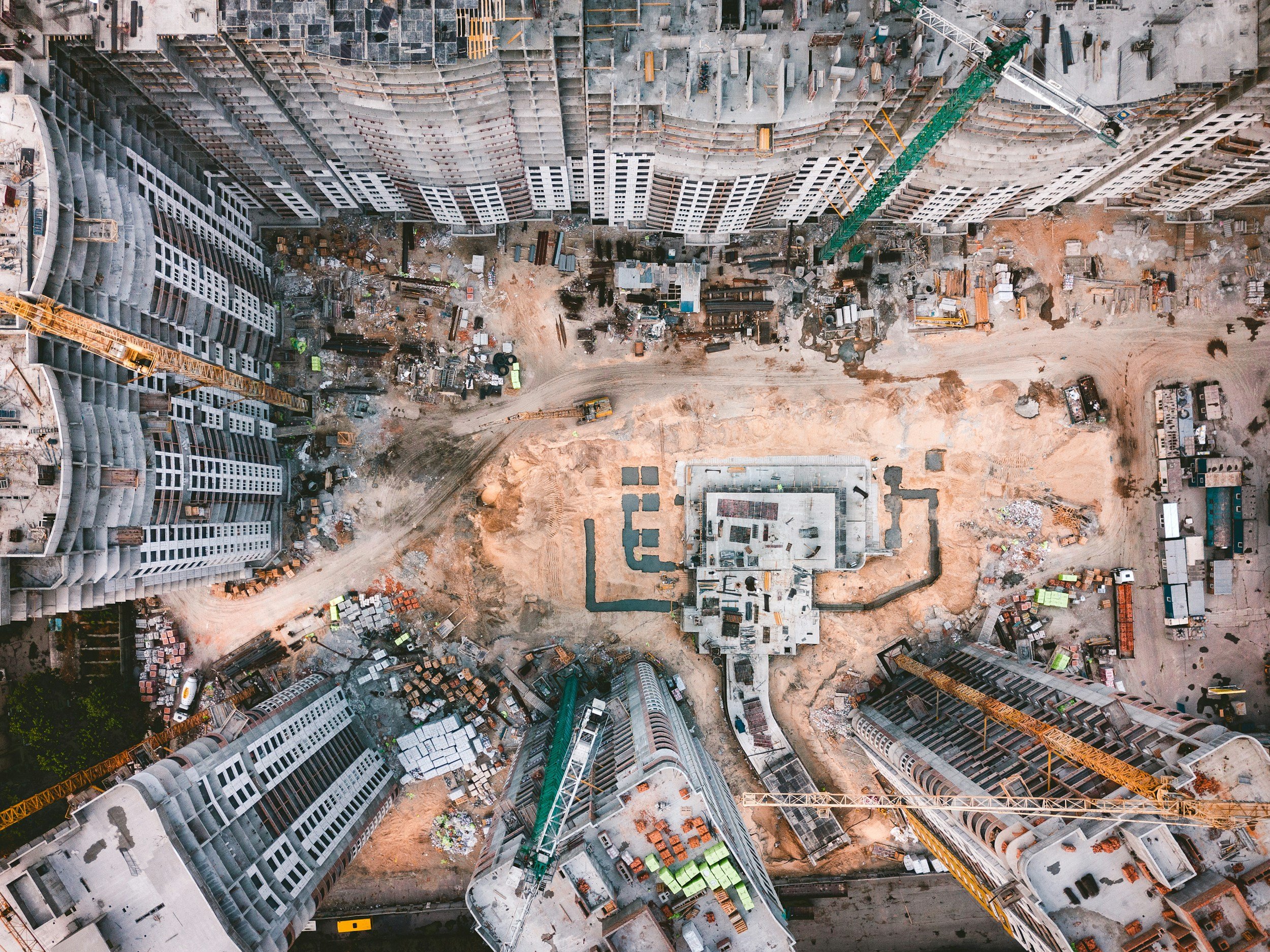Understanding Deep Foundations: Choosing the Right Support System
When it comes to building stable and long-lasting structures, foundation is key. In most cases, a shallow foundation won’t support a structure and that’s where deep foundations enter the conversation. From bridges to skyscrapers, the diverse array of structures require distinct deep foundations to best support them. Knowing which type of deep foundation to install is critical to making durable structures.
1. Sheeting vs. Shoring
Temporary Support for Deep Excavations
Sheeting and shoring are both temporarily used for deep excavations but have clear differences. Sheeting uses wood planks, steel sheets, and aluminum panels to retain soil and water while shoring uses hydraulic jacks and steel braces to actively support the walls of the excavation. Sheeting is the preferred choice for underground facilities, while shoring is more effective for trench-style excavations. They ensure safety to builders and stability to the excavation while remaining cost-effective.
2. Caissons
Deep Stability in Loose Soil
Caissons are an ideal deep foundation when the upper soil layer lacks strength. This technique involved excavating through loose soil until reaching competent soil or bedrock. A reinforcement cage is placed within the shaft and the entire cavity is filled with concrete. Caissons are commonly used in bridges and partially submerged structures. Their appeal comes from their long-term stability, cost efficiency, and minimal environmental impact.
3. Helical Piles
Efficient Support with Minimal Disruption
Helical piles utilize helical shaped steel plates transferring loads from loose soil to better soil. It minimizes site disruption and is effortless to install. They are well-suited for residential homes and commercial buildings. In addition, they are highly adaptable to a variety of soil conditions and are reliable when it comes to speed and efficiency.
4. Auger Cast Piles
Slope Stability
Auger cast piles are similar in function to caissons but are used for slope stabilization and landslide prevention. A flight auger is used to drill into the ground and concrete is poured into the hole. After installation, a significant amount of soil is excavated and a structural plate is placed so the top aligns with the surrounding ground. Its purpose is to provide structural support against landslides and maintain earth retention. Auger cast piles are known for their minimal noise levels, cost-efficiency, and quick installation.
5. Rammed Aggregate Piers (RAPs)
Reinforcing Weak Soil
Rammed Aggregate Piers are constructed by successive layers of compacted crushed stone into a shaft. Each layer of stone is compacted by a ramming or tampering process and is repeated until the column reaches ground level. RAPs are an excellent solution for improving the performance of unstable soil and minimizing settlement. They are quick to install and are a great traditional deep foundation.
Deep foundations play a crucial role in ensuring structural integrity of modern buildings and infrastructure. By understanding the differences between helical piles, auger cast piles, caissons, and other deep foundation types, engineers can make informed decisions that meet structural demands.

